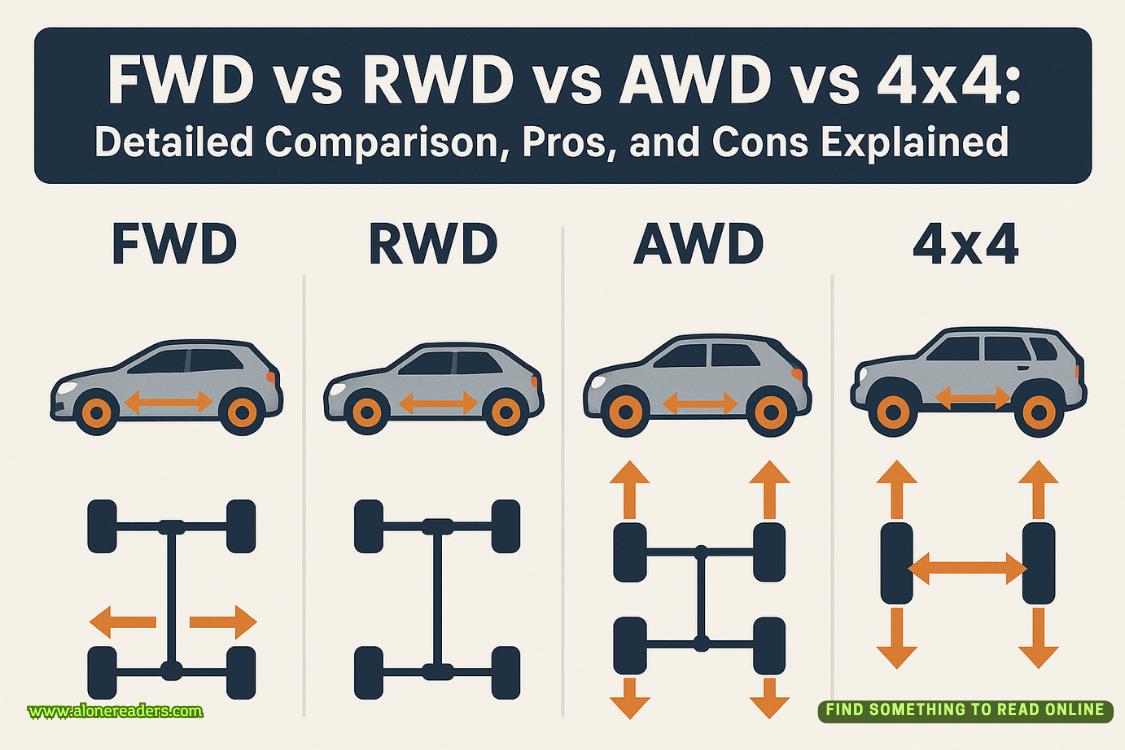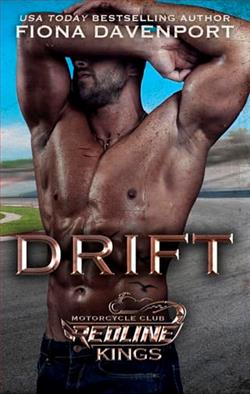Page 14 of Murder in The Summer House
“I didn’t bring any other shoes.”
Susan waved off the comment. “I’m sure you’ll be fine. The idea that we might stumble on something belonging to Trey has me more excited than I’ve been in years.”
With that statement lingering in the air, the four got underway.
Neither Lucien nor Brogan expected the walk through the woods to produce anything of value. Twenty years was a long time for evidence to remain in one spot. But it couldn’t hurt to let Gerald and Susan think they were helping.
Gerald led the pack, turning due north once they passed the Dolworth house and then making a beeline for the woods.
Tiptoeing behind the others through the muddiest part of the forest, Brogan had difficulty keeping up in her stacked wedges. The shoes weren’t meant for trekking and kept sinking in the soft, damp terrain, not to mention all the dried leaves sticking to the bottom soles. While everyone else made progress, she fell behind.
Already four hundred yards in, Gerald stood underneath an ancient oak tree, two hundred feet high. “This is it. This is the spot where Trey and his friends built the old treehouse. Back then, it wasn’t as tall as it is now.”
“That was more than twenty years ago,” Susan replied, her voice mixed with nostalgic memories. “Trey and the other kids started building it when they were eight or nine.”
Gerald pointed to a junkyard ripe with vintage tractors, wagons, seed drills, and plows rusting away in the nearby field. “That’s the dairy barn in the distance. We’ll get there soon enough.”
“Made from adobe,” Lucien realized. “This land must’ve belonged to the Santa Cruz Mission at one time or another, part of the Wilder Ranch.”
“This is the backside and not part of the State Park,” Gerald corrected with a nod. “A developer bought the land years ago but never came out to clean it up. I think he went bankrupt sometime during 2008 at the height of the housing bust. There was talk that the state would buy it to expand the park. But to my knowledge, that never happened. I’m not sure who owns it now.”
“So this is not state land?” Brogan clarified.
“Nope.”
“It’s worth checking out who owns it now,” Lucien mumbled. “It’s obvious that the first landowners in this area used what they had on hand to rough out a building. That was usually adobe through the late 1700s to the mid-1800s.”
“That’s because they couldmix it up using the earth and water, toss in some straw or manure, and you had a building materialthat would last for centuries,” Gerald added. “Although it’s seen better days, the barn is still standing. And how many earthquakes has this old building withstood?”
“Good point.”
Brogan finally caught up with them and took advantage of the break. Spotting a rusted piece of metal, she plopped down on an old wagon seat to scrape the mud off her shoes. After looking around for a stick among the decomposing metal littering the ground, Brogan’s eyes landed on something different. A rusted bicycle had been tossed into a ditch, left to rot. It looked like moss and mold had taken hold a decade earlier. “Hey, Lucien. Look at this. Over here, next to that wheelbarrow. Doesn’t that look like what’s left of a boy’s bike?”
Lucien jogged over to take a look, recognizing right away the bones of a vintage 1990’s era Huffy cruiser wasting away in the elements. The creek had long since dried up, but the damp ocean weather had taken its toll. “You can barely make out the original orange crossbar with all the dirt and rust.”
Gerald wandered over, followed by Susan. He peered over Lucien’s shoulder. “That doesn’t belong to Trey. He had a Trek mountain bike with a basket in front and mounted saddle racks at the rear to hold extra papers.”
“His was purple and silver, a ten-speed, a birthday present,” Susan added wistfully, swallowing back tears. “It was brand new, not more than a couple of months old, when he went missing. He was so proud of that thing.”
Brogan edged closer to the Huffy and pointed to the crossbar’s down tube. “What’s that written on the frame? If you look closer, isn’t that a name etched in the metal?”
Lucien pulled the bike out of the ravine, then squatted down next to it and used his fingers to scrape away layers of dirt to uncover the first letter. “Looks like an R. No, wait. It’s a B.”
Brogan dug through her bag and brought out a couple of tissues. “Use these. Keep scrubbing.”
After applying more elbow grease, the name B-R-Y-A-N appeared, etched across the frame.
“Bryan probably used one of those engraver tools,” Brogan surmised. “What are they called? Dremels, I think, to carve his name on his bike. Did Trey know anyone by that name?”
Susan frowned, trying to remember all the neighborhood kids in 2001. “Didn’t the Pearsons who lived down the street from us have a son named Bryan, a couple of years younger than Trey?”
“No, the Pearson kid was a year older. And his name was Ben. Everybody called him Benji. You’re thinking of the Sutherlands who lived across the street. Their boy was Bryan. I’m sure of it.”
Lucien looked over at Brogan. “I think we should find out why Bryan’s bike was left out here to rot. Do the Sutherlands still live in the neighborhood?”
Gerald shook his head. “They’re long gone, moved to Oregon, I think. Said the neighborhood wasn’t safe anymore. They put their house up for sale after the murders and high-tailed it back to where they came from.”
“Any idea where in Oregon?”















